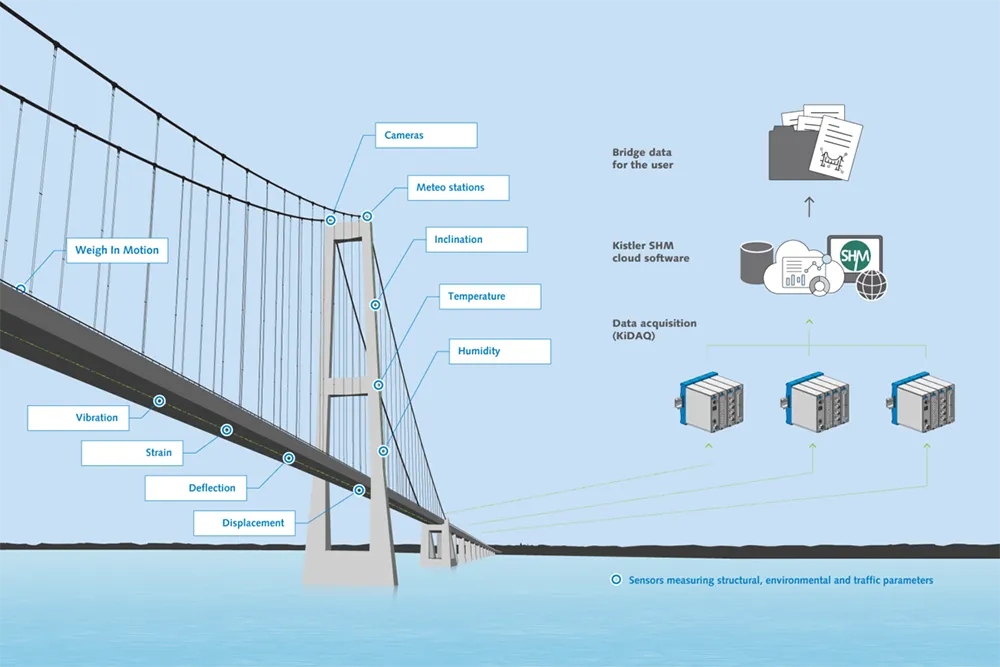The SWS-050 visibility sensor for roadside monitoring developed by UK company Biral measures local weather conditions and instantly relays this information to road users via electronic signage, warning drivers of unexpected hazards such as fog patches and enabling rapid response by authorities in the event of dangerous conditions. With a measurement range of 10 metres to 40 kilometres, the SWS-050 operates in temperatures ranging from -40ºC to 60ºC and is unaffected by local lights or reflections. The devic
May 31, 2013
Read time: 2 mins

The SWS-050 visibility sensor for roadside monitoring developed by UK company 7359 Biral measures local weather conditions and instantly relays this information to road users via electronic signage, warning drivers of unexpected hazards such as fog patches and enabling rapid response by authorities in the event of dangerous conditions.
With a measurement range of 10 metres to 40 kilometres, the SWS-050 operates in temperatures ranging from -40ºC to 60ºC and is unaffected by local lights or reflections. The device is provided with heated hoods and window heaters, allowing continued operation in blizzard conditions and preventing condensation forming on the optical surfaces.
The sensor is a single lightweight unit constructed of high-grade aluminium, robust enough to easily withstand aggressive roadside conditions for many years with minimal maintenance. Typically installed within three metres of the roadside, the SWS-050 provides digital data that integrates easily into any control system, allowing authorities to make timely traffic and road management decisions. The forward scatter design technology, infra-red light source and intelligent sensing technology gives the SWS-050 proven accuracy, reliability and repeatability.
With a measurement range of 10 metres to 40 kilometres, the SWS-050 operates in temperatures ranging from -40ºC to 60ºC and is unaffected by local lights or reflections. The device is provided with heated hoods and window heaters, allowing continued operation in blizzard conditions and preventing condensation forming on the optical surfaces.
The sensor is a single lightweight unit constructed of high-grade aluminium, robust enough to easily withstand aggressive roadside conditions for many years with minimal maintenance. Typically installed within three metres of the roadside, the SWS-050 provides digital data that integrates easily into any control system, allowing authorities to make timely traffic and road management decisions. The forward scatter design technology, infra-red light source and intelligent sensing technology gives the SWS-050 proven accuracy, reliability and repeatability.










